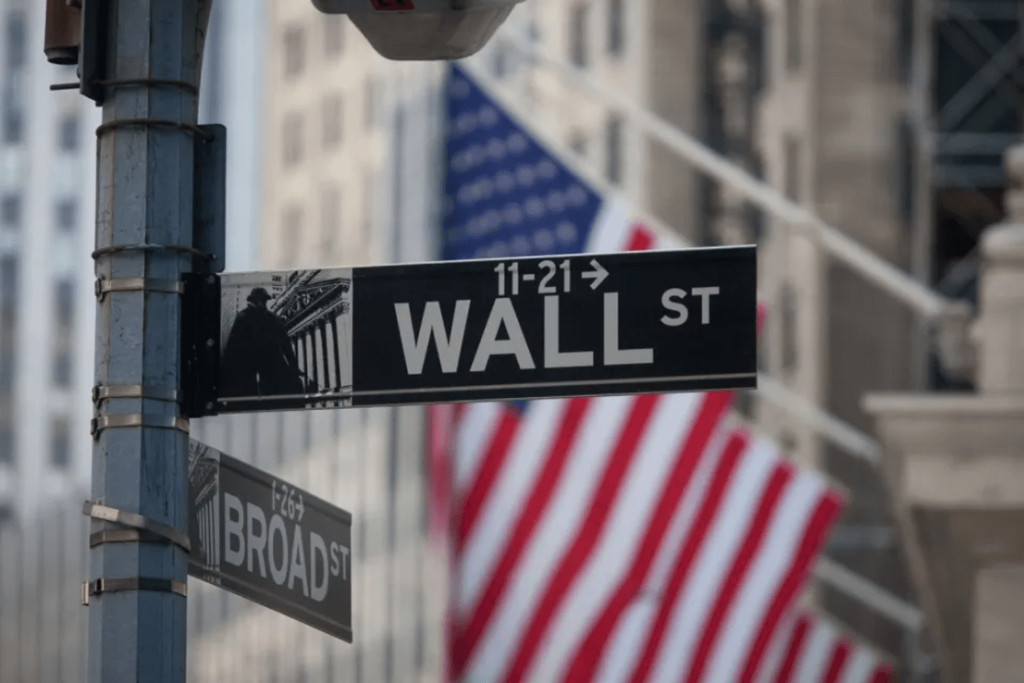Wall Street bounces back as tech stocks recover from Tuesday’s AI sell-off
After a dramatic sell-off triggered by billion-dollar short positions in leading AI names, US equity markets staged a robust rebound on Wednesday. Investor nerves cooled, with the Nasdaq Composite rising 0.57% to 23,480.62 and the S&P 500 gaining 0.39% to 6,798.01. The reversal underscores Wall Street’s appetite for “buying the dip,” even amid mounting concerns over an AI-driven bubble.
The catalyst: Michael Burry’s blockbuster short bets
Legendary fund manager Michael Burry—best known for forecasting the 2008 mortgage crisis—shook markets on Tuesday by disclosing a $1.1 billion wager against two marquee AI stocks. According to his filing, Burry’s Scion Asset Management has:
- A $912 million short position in Palantir (PLTR)
- A $186 million short position in Nvidia (NVDA)
- Long positions in pharmaceutical giant Pfizer and oil-services provider Halliburton
On the back of these disclosures, Nvidia shares plunged 4% to $201, erasing roughly $200 billion in market value. Palantir tumbled 8% on Tuesday to end near $190 and fell a further 2.66% on Wednesday, settling at $185.63.
“Sometimes the only winning move is not to play”
In an X post accompanying his 13F filing, Burry hinted at parallels between today’s AI frenzy and the dot-com bubble of 2000. He wrote:
- “Sometimes, we see bubbles. Sometimes, there is something to do about it. Sometimes, the only winning move is not to play.”
His comments marked a rare re-emergence after a year-long silence on market commentary, sending shockwaves through the tech sector. Many traders interpreted Burry’s entry as a signal that AI valuations may have run too far ahead of fundamentals.
Wednesday’s rebound: Tech leads the charge
Despite lingering jitters, investors quickly seized on lower prices and positive corporate earnings updates to push tech names higher:
- Nvidia recovered 0.88% to $200.43 after Tuesday’s sell-off.
- Palantir remained under pressure but found buyers at lower levels.
- Other AI and cloud plays such as Snowflake and CrowdStrike also staged modest gains.
“Stocks don’t undergo crashes when everyone is expecting them,” noted Chris Beauchamp, chief market analyst at IG. He added that the swift rebound illustrates how sudden sell-offs can reverse just as quickly when buyers step in.
Broader market implications
The volatility around AI stocks has rippled through global markets, prompting some fund managers to rebalance away from US equities. According to industry sources:
- Portfolio managers are diversifying into safer geographies, including the UK and Europe.
- South Korea’s KOSPI, up 56% year to date, is attracting flows as a lower-risk tech alternative.
- Emerging tech hubs in Taiwan and India have also benefited from rotation out of overheated US names.
For many investors, accessing cutting-edge chipmakers at a discount in Seoul offers a way to participate in the AI theme without the extreme valuations seen in the United States.
Is the AI bubble about to burst?
While AI-driven stocks have buoyed markets to all-time highs in 2025, some critics warn the surge may be unsustainable. Burry’s short positions and warnings of a repeat of the dot-com era have sparked debate over whether US tech giants can justify their mammoth valuations in the face of rising competition and regulatory scrutiny.
Even as Wednesday’s rally eased immediate fears, the key question remains: will corporate earnings and continued innovation underpin lofty multiples, or will profit-taking and valuation concerns trigger a deeper correction?
What to watch next
Investors will monitor several factors in the coming weeks:
- Fed policy updates and any signals on interest rates tightening.
- AI company earnings from Nvidia, Alphabet and Microsoft.
- Regulatory developments around data privacy, antitrust probes and export controls on advanced chips.
- Global growth forecasts, particularly as high energy prices weigh on industrial recovery.
With the AI theme still driving market sentiment, the interplay between innovation promise and valuation reality will determine whether the recent bout of volatility is a blip or the start of a broader tech downturn.
